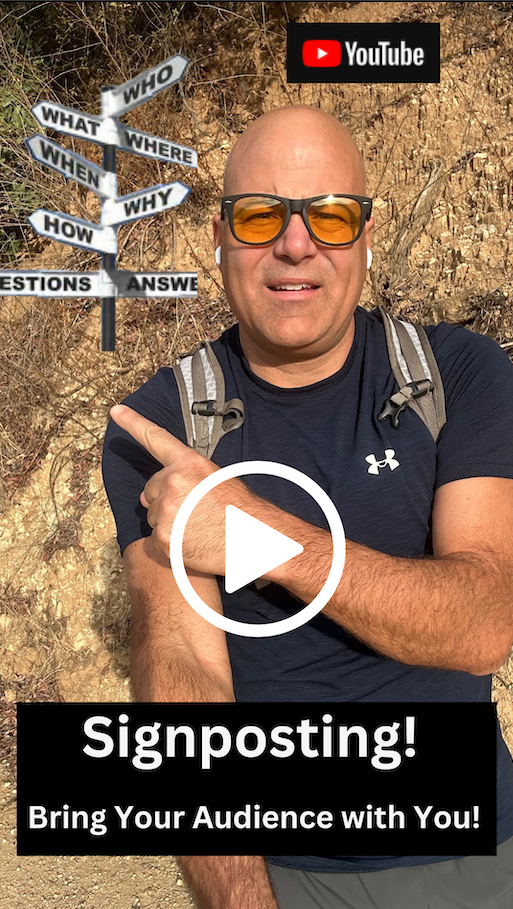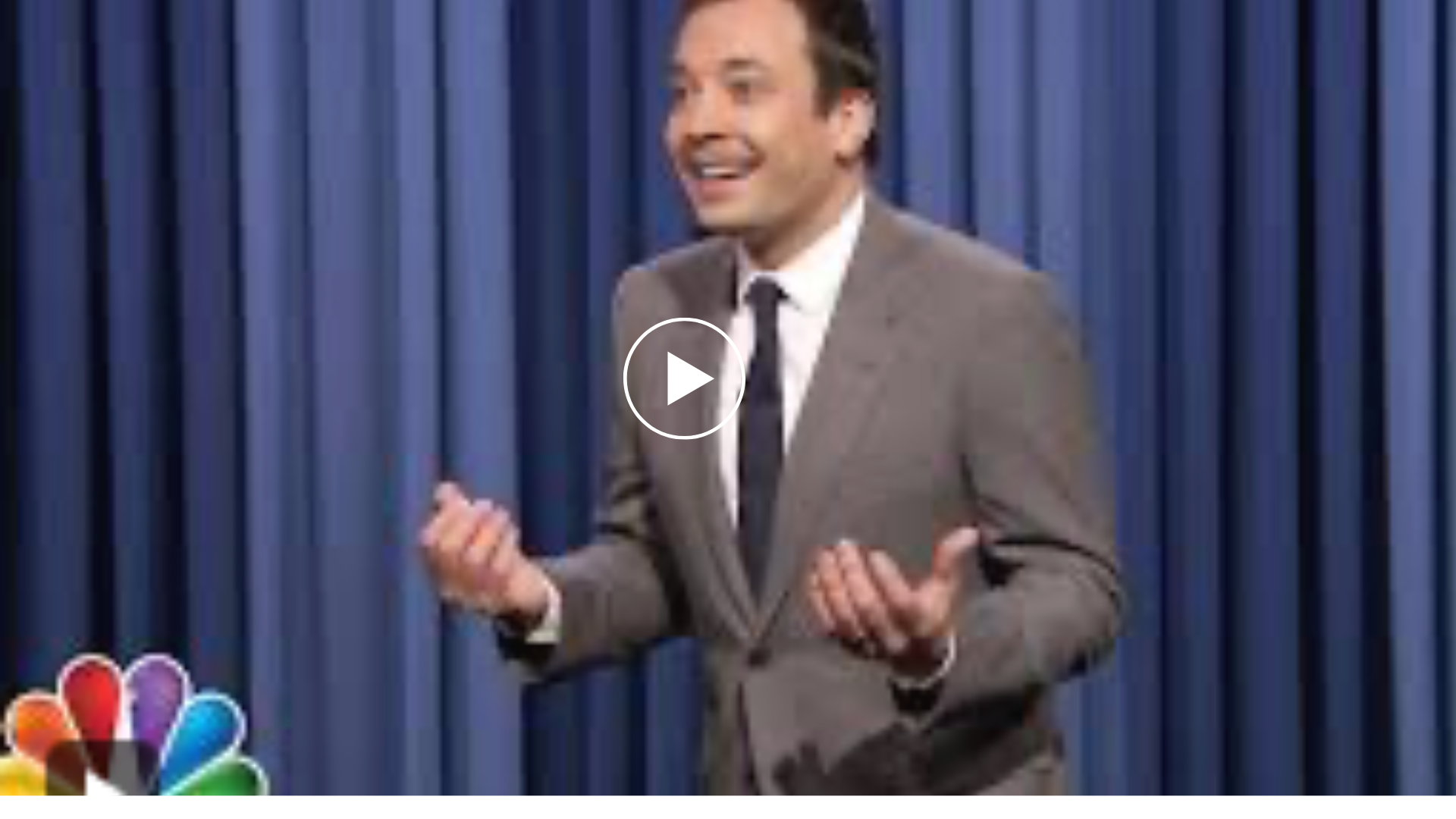Signposting: A Simple Way to Guide Your Audience
Ever been in a presentation or meeting and felt completely lost, wondering where the presenter was going? It’s like hiking a trail with no markers—confusing and frustrating.
In my latest video, I share a simple technique called signposting to help you guide your audience and keep them tracking with you every step of the way👇
In this blog post you’ll:
How to use signposting to let your audience know where they’ve been, where they are, and where they’re going.
How to clarify what role your audience needs to play during your presentation to drive engagement and connection.
Video Enthusiasts: Click Below to See Video Version of this blog.
A lesson learned from hiking
I recently went hiking in the mountains above Palm Springs. The terrain is relatively flat, with trails weaving in every direction. One wrong turn, and you could find yourself five miles off course! Thankfully, a thoughtful group of hikers sprayed white dots along the trail every thousand yards. These markers were a lifesaver, letting me know I was on the right path.
It got me thinking about how we communicate—and more specifically, how we guide our audience without those “white dots.” That’s where signposting comes in.
What Is Signposting?
Signposting is a communication technique that helps your audience stay engaged and on track during a presentation, meeting, or conversation. It’s like giving them trail markers, ensuring they know where they’ve been, where they are, and where they’re going next.
The best example of this can be seen is Jimmy Fallon’s very first night hosting The Tonight Show (to the left - at minute 5:45) where he guides the viewers along in his footsteps.
The Two Parts of Signposting
1. Guide the Journey
This part involves letting your audience know the structure of your message. Phrases like “To recap…” or “Now, to build on this…” act as verbal markers that guide your audience from one idea to the next. It’s simple, but it makes a world of difference in keeping your audience oriented and engaged.
2. Define Their Role
Signposting isn’t just about clarity—it’s also about connection. Let your audience know what role they play in the conversation. For instance, you might say: “From a sales perspective, what would resonate with your clients?” or “From a marketing standpoint, what am I missing?” Giving your audience a clear role turns passive listeners into active participants.
Why it Matters
When you use signposting, you make it easier for your audience to follow your message, stay engaged, and contribute meaningfully. Without it, they might feel lost or disconnected. With it, you’re building clarity, trust, and connection.
Want to learn more about how to guide your audience effectively? This month, I’m hosting a free webinar on The Art of Persuasion. Sign up here discover how techniques like signposting can transform the way you communicate. From keeping your audience on track to ensuring they know exactly what’s expected of them, this webinar will give you actionable strategies to make every presentation impactful. Don’t miss out—reserve your spot today.
Please share and let me know your comments on LinkedIn:




